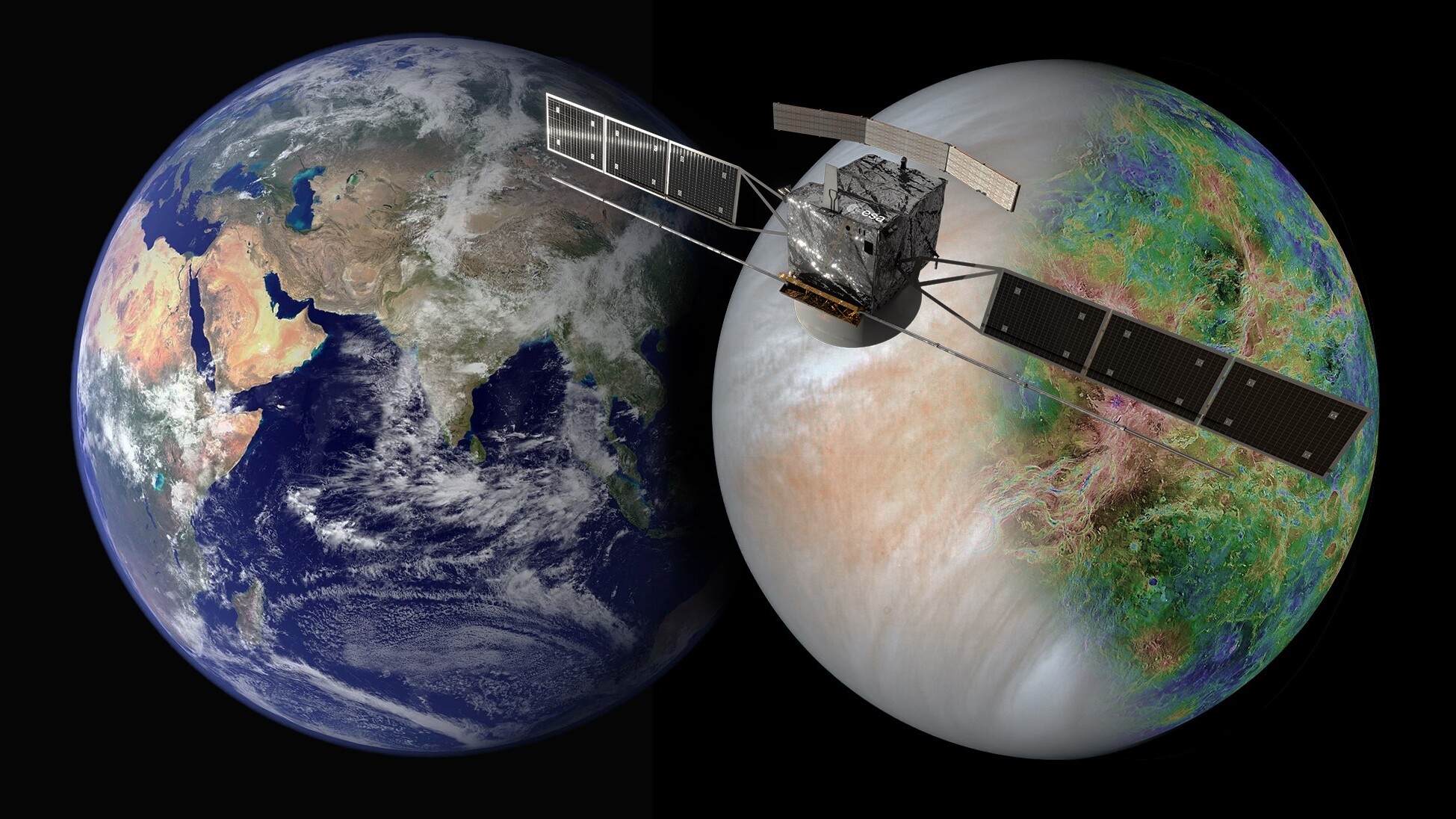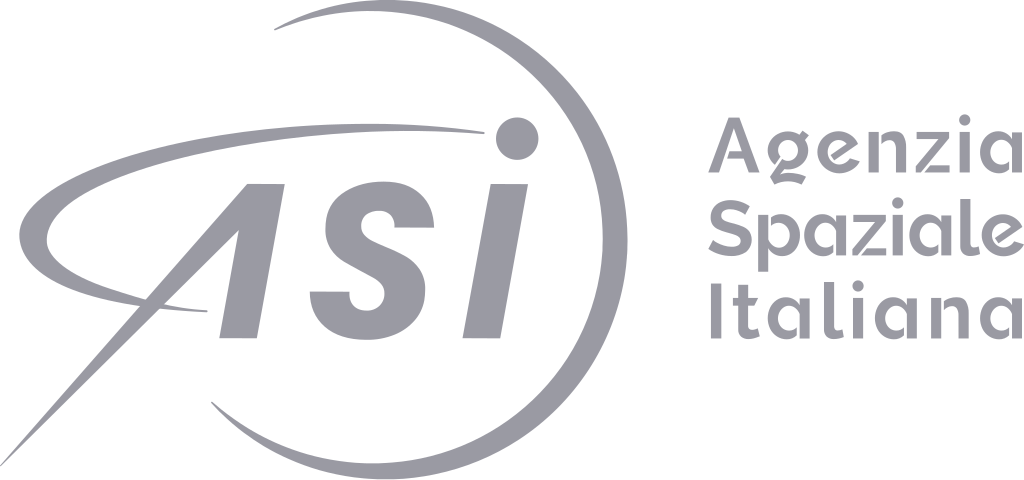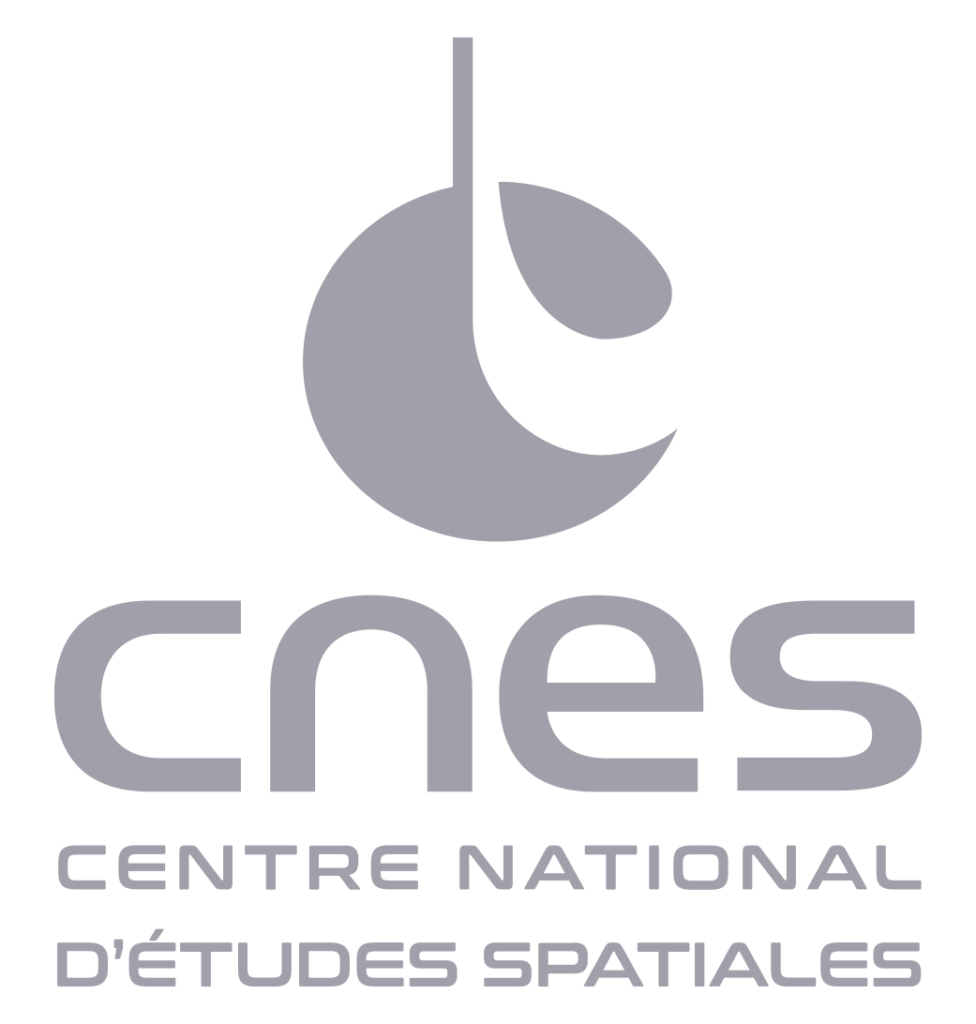| Status | In development |
| Launch | 2031 |
| Space organisation | ESA |
| Type | 0,2 – 15 µm |
| Orbit | Polar orbit around Venus |
| SRON contribution to | VenSpec-H |

Sister of Earth
Of all the planets in our solar system, Venus is most similar to Earth. Both its size, composition and distance from the Sun are similar. Yet Earth is eminently suitable for life while Venus is so hot that it would nip any beginnings of life in the bud. Possibly Venus had an Earth-like climate for billions of years, but a runaway greenhouse effect threw a spanner in the works. That makes Venus a unique laboratory to study how the (un)habitability of a planet can change.
Geological and tectonic activity
EnVision will investigate geological and tectonic activity, and how they have affected the climate on Venus. In addition, the space probe will look for traces of evaporated water and other elements. With all this, EnVision will look for the key to the accelerated greenhouse effect. Why and when did it begin to run wild? And how did Venus evolve into the planet we see today?
Three Spectroscopes
Envision’s main instrument consists of three spectroscopes that look at the composition of the atmosphere in the wavelength range between UV and infrared; a UV-spectrometer, a spectrometer that will look at visible light and infrared radiation in broad blocks, and a high-resolution spectrometer called VenSpec-H. In addition, two radar instruments are examining the structure of Venus’ surface and interior. A fourth instrument will map the planet’s gravitational field.
SRON is part of the consortium developing the VenSpec-H spectrometer. We are characterizing the detector.









